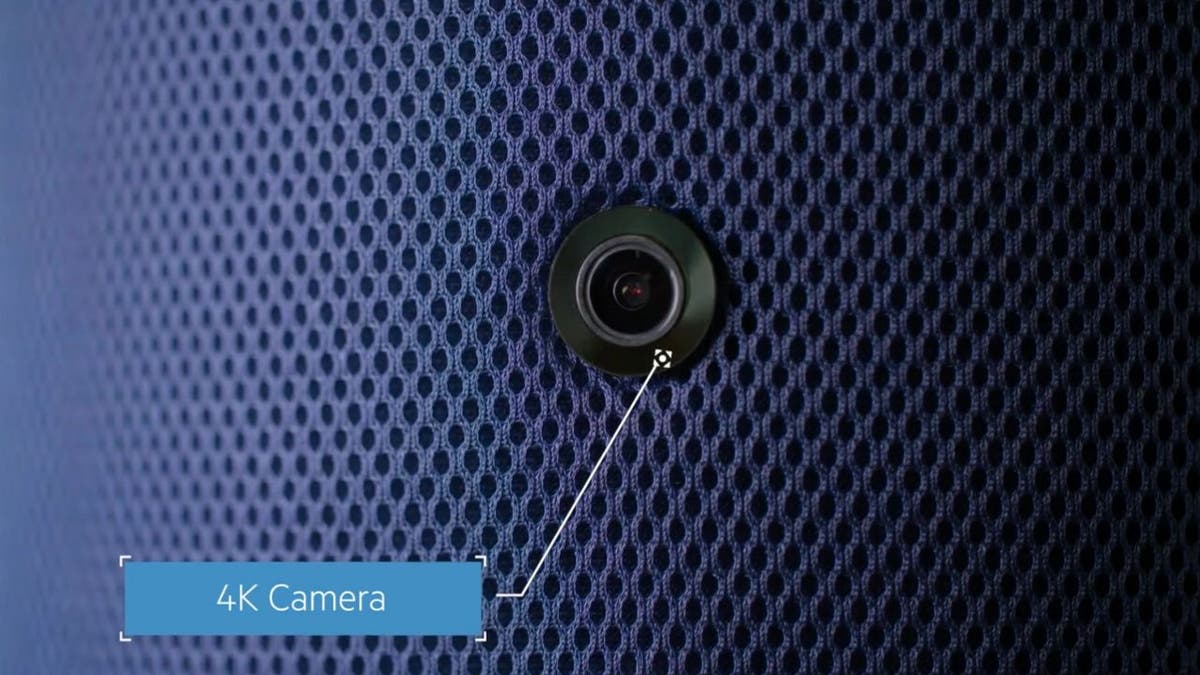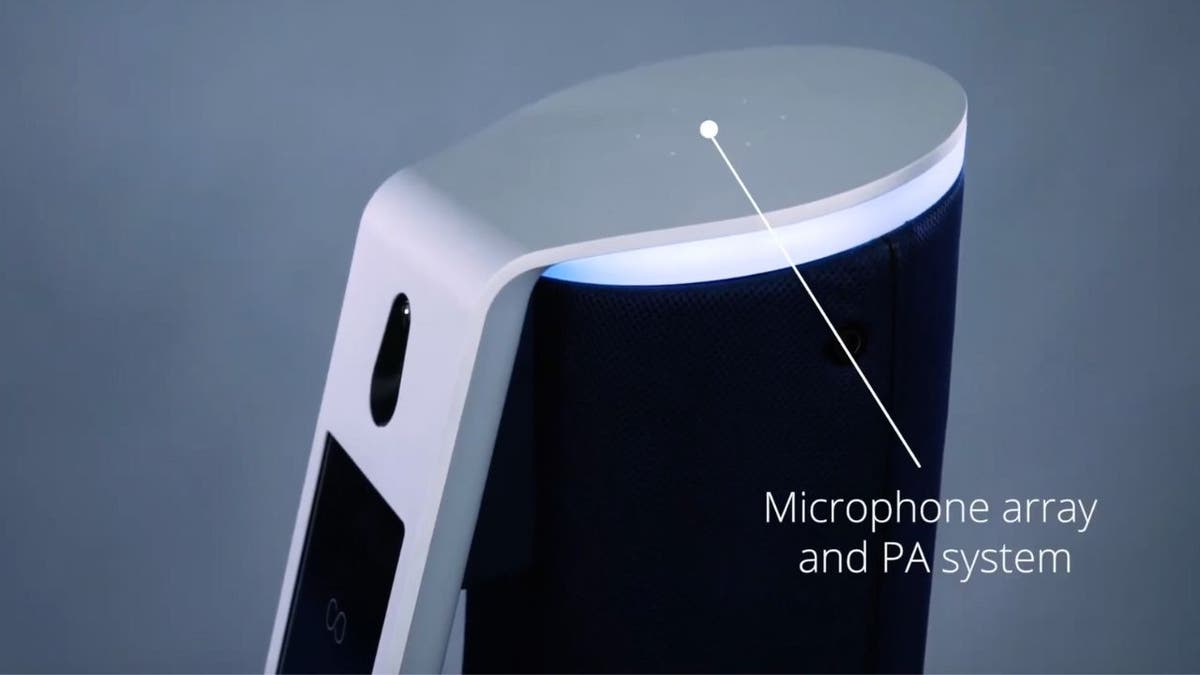Technology
TikTok and Universal Music Group end feud with new agreement
/cdn.vox-cdn.com/uploads/chorus_asset/file/25429884/2024260145.jpg)
Universal Music Group has inked a “multi-dimensional” deal with TikTok that will see its roster of artists — which includes Taylor Swift, Drake, and Olivia Rodrigo — return to the social media platform’s one billion-plus users. UMG began pulling its music from TikTok on February 1st after the old contract expired.
Notably, the deal will address concerns that UMG and its artists have with generative AI. “TikTok and UMG will work together to ensure AI development across the music industry will protect human artistry and the economics that flow to those artists and songwriters,” reads a press release announcing the deal. “TikTok is also committed to working with UMG to remove unauthorized AI-generated music from the platform, as well as tools to improve artist and songwriter attribution.”
“We are delighted to welcome UMG and UMPG back to TikTok,” said Ole Obermann, TikTok’s Global Head of Music Business Development. “In particular, we will work together to make sure that AI tools are developed responsibly to enable a new era of musical creativity and fan engagement while protecting human creativity.”
The deal also includes “new monetization opportunities” that stem from TikTok’s growing e-commerce capabilities. TikTok also commits to continue building tools to help artists better leverage the platform in areas like analytics and integrated ticketing.
The companies say they are “working expeditiously” to return artists to the platform.

Technology
Microsoft’s Surface AI event: news, rumors, and lots of Qualcomm laptops
/cdn.vox-cdn.com/uploads/chorus_asset/file/24038601/acastro_STK109_microsoft_02.jpg)
The Snapdragon X Plus is Qualcomm’s entry-level laptop chip. It has 10 cores, 42MB of cache, a maximum multithreaded frequency of 3.4GHz, and an NPU with 45 tera operations per second (TOPS, or how many mathematical calculations it can solve in a second) to assist with fancy-smancy generative AI applications. But keep in mind, TOPS is an arbitrary measurement that can sound more impressive than it is because it doesn’t necessarily take into account the type or quality of those calculations.
Technology
New Teslas might lose Steam
/cdn.vox-cdn.com/uploads/chorus_asset/file/24323284/Screenshot_2022_12_29_at_3.29.06_AM.jpeg)
Tesla might be dropping Steam support on some new deliveries of Model X, according to a message from the company shared by a Reddit user who is expecting to take delivery of the long-range version of the electric SUV.
Tesla’s message alerts the customer that the company is “updating the gaming computer” in the Model X and says it’s “no longer capable of playing Steam games.” The message ends with a button for the customer to confirm they will proceed with the delivery.
There’s no indication that other Tesla models will be affected. And we’re not seeing any signs that the automaker plans to remove Steam from current owners’ vehicles through a software update. However, Tesla’s already seems to be leaning toward dropping Steam support for some other models.
Steam isn’t available in the Cybertruck, for example, and Tesla hasn’t said whether it plans on bringing the gaming platform to its bestselling Model Y and Model 3 vehicles, despite newer models sporting improved AMD Ryzen processors. The company has already removed some games over the years, including Sonic the Hedgehog.
Technology
Is this autonomous security guard robot the protection you need?

They’re not your typical office workers. Standing at 5 feet tall and cruising through the corridors at a leisurely 3 mph, these robotic guards are the latest addition to workplace security.
Gone are the days of the traditional security guard. Now, robots are taking over the night shift and beyond.
How do these security robots work?
Cobalt’s robots are custom-built to navigate the unique challenges of each building, from ramps to elevators. They patrol the hallways, vigilant for signs of trouble – be it an unusual motion after hours or a door left ajar – and report their findings to a human-staffed call center.
CLICK TO GET KURT’S FREE CYBERGUY NEWSLETTER WITH SECURITY ALERTS, QUICK VIDEO TIPS, TECH REVIEWS AND EASY HOW-TO’S TO MAKE YOU SMARTER
These robots can even spot things that might escape the watchful eye of a security camera. They can do this because they are equipped with a depth camera, heat-detecting thermal sensors, 4K cameras that can see 360 degrees, Lidar, as well as a Microphone array for listening and PA system for announcing.

Interactivity and assistance of the security robot
With a simple tap on the screen, employees can summon a 24/7 specialist to address concerns ranging from spills, unwelcome visitors or suspicious activity. This seamless integration of technology and human oversight lets real-life guards spend more time responding and less time observing now that Cobalt is carefully watching on patrol and reporting back what it detects.
WHAT IS ARTIFICIAL INTELLIGENCE (AI)?

MORE: ELECTRIC HUMANOID ROBOT TO SHAKE UP THE JOB MARKET
Case study: DoorDash
DoorDash has embraced Cobalt’s robotic guards across its corporate sites. The result? Enhanced security operations with fewer sick days, no HR complaints, and a boost in both accuracy and response times for security and safety-related incidents.

MORE: THE SHAPE-SHIFTING UNDERWATER ROBOT PIONEERING THE DEPTHS OF THE SEA
Robots vs. humans: The numbers
The driving force behind this robotic revolution is money. It’s far more economical for companies to deploy robots for round-the-clock security than to rely solely on human guards. According to Forrester Research, opting for a robotic guard over a human can lead to substantial savings – around $79,000 annually. That’s a figure that’s hard to ignore for any business looking to optimize its operations.

MORE: APOLLO THE ROBOT JOINS MERCEDES-BENZ ASSEMBLY LINE PRODUCTION
The competitive landscape of the security robot
The security robot market is heating up, with competition between indoor and outdoor models. While Cobalt’s robots are indoor specialists, others like Knightscope and SMP Robots are venturing into both terrains, including malls, hotels and industrial sites. And let’s not forget drones, which are starting to make their mark in the security domain.

Challenges and considerations of security robots
Of course, it’s not all smooth sailing. Security robots have had their share of mishaps, from minor accidents to malfunctioning in critical situations. And there’s the human factor to consider. Sometimes, nothing can replace the reassurance of a human presence in times of distress.

Kurt’s key takeaways
Despite the occasional glitch, the consensus is clear: Security robots are here to stay, and their presence is set to grow as the technology continues to advance. They may not replace human guards entirely, but they’re redefining the role and allowing humans to focus on more strategic tasks.
What’s your take on these new robot guards? Do you think they’re as trustworthy as human security or are we moving too fast into a tech-driven safety zone? Let us know by writing us at Cyberguy.com/Contact.
For more of my tech tips and security alerts, subscribe to my free CyberGuy Report Newsletter by heading to Cyberguy.com/Newsletter.
Ask Kurt a question or let us know what stories you’d like us to cover.
Answers to the most asked CyberGuy questions:
Copyright 2024 CyberGuy.com. All rights reserved.
-

 Politics1 week ago
Politics1 week agoRFK Jr said a worm ate part of his brain and died in his head
-

 World1 week ago
World1 week agoPentagon chief confirms US pause on weapons shipment to Israel
-

 News1 week ago
News1 week agoStudents and civil rights groups blast police response to campus protests
-

 World1 week ago
World1 week agoConvicted MEP's expense claims must be published: EU court
-

 Politics1 week ago
Politics1 week agoCalifornia Gov Gavin Newsom roasted over video promoting state's ‘record’ tourism: ‘Smoke and mirrors’
-

 Politics1 week ago
Politics1 week agoOhio AG defends letter warning 'woke' masked anti-Israel protesters they face prison time: 'We have a society'
-

 News1 week ago
News1 week agoNine Things We Learned From TikTok’s Lawsuit Against The US Government
-

 Politics1 week ago
Politics1 week agoBiden’s decision to pull Israel weapons shipment kept quiet until after Holocaust remembrance address: report














